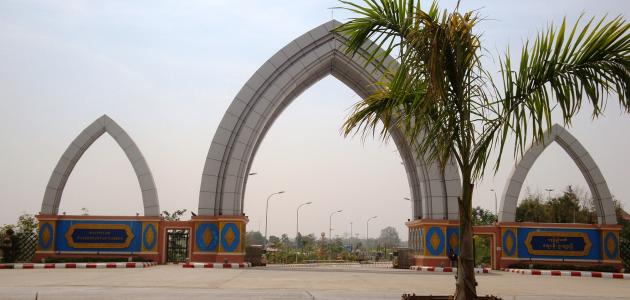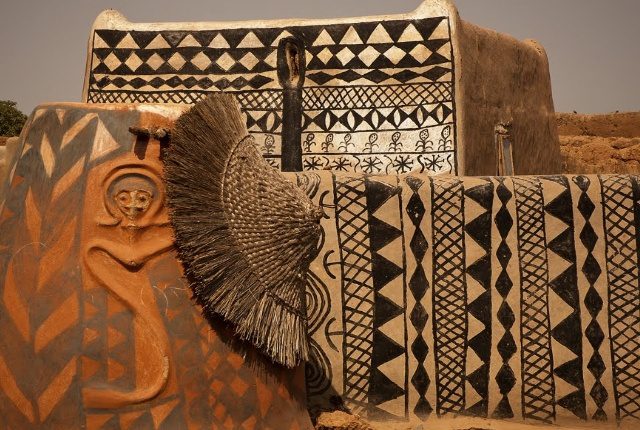Table of Contents
Jerash city
Jerash, or as it is also known as the city of a thousand pillars, is one of the largest Jordanian cities, according to the statistics of 2015, the population reached 50.745 people, and it is located in the northern region of the Hashemite Kingdom at an altitude of six hundred meters above the sea, which is about 48 km from the capital Amman, and it can be reached either through the behavior of the southern and eastern crossing in Amman, or the western crossing in Ajloun, or the northern in Irbid.
This city was known in the past as Gershaw, meaning the area with dense trees, as it was known as Gerasa at the time of the Greeks, but the Arabs, after its control, called it Jerash.
The history of the city of Jerash
The history of this city dates back to the fourth century BC, when Alexander the Great ruled it in the Greek era, but she lived her golden period during Romen rule, it was transformed into a commercial and cultural forum, which led to its prosperity and expanded relations with neighboring countries and regions, and it is indicated that the occuAl Bahahn of the Romens For a crush that lasted about four hundred years, and therefore it is one of the most cities outside Italy to contain Romen monuments and buildings worldwide, and the Islamic conquest reached it in the year 635 AD, and it came under the control of the Umayyad state.
The most important monuments and monuments in the city of Jerash
Jerash city occupies the second place in the list of the most important tourist areas in Jordan, and the most important archaeological areas in it are the following:
Street of columns
It is considered the main street in the area, reaching a length of about a kilometer, and it is paved on both sides, surrounded by 71 columns of marble, out of the 520 columns that were previously present.
The way of the nymphs
It is a building that was built in the second century AD, which includes a group of fountains for nymphs, the most famous of which is the path of Nemphium, built in the year 191 AD, which consists of two floors of marble basins and fountains of picturesque water that fascinates tourists and visitors.
Temple of Artemis
It was built in the second century AD and was dedicated to the deities responsible for guarding the city, and it also contains other temples for Zeiss and Zeus, as well as a cemetery, baths, and irrigation canals.
Hippodorm Horse Track
Also known as the circus, it is distinguished in its shape similar to the example of the Persians, where horse races were held, a custom taken from the Greeks.
Jerash Pools
It is considered one of the most important sources of water in the city, and it is currently known as Ain Qayrawan. It is noteworthy that the Romens used to celebrate the spring season with these pools.
Al Hamidi Mosque
It is one of the most famous mosques in Jerash, named after Sultan Abdul Hamid, and it was built at the end of the ninth century.








